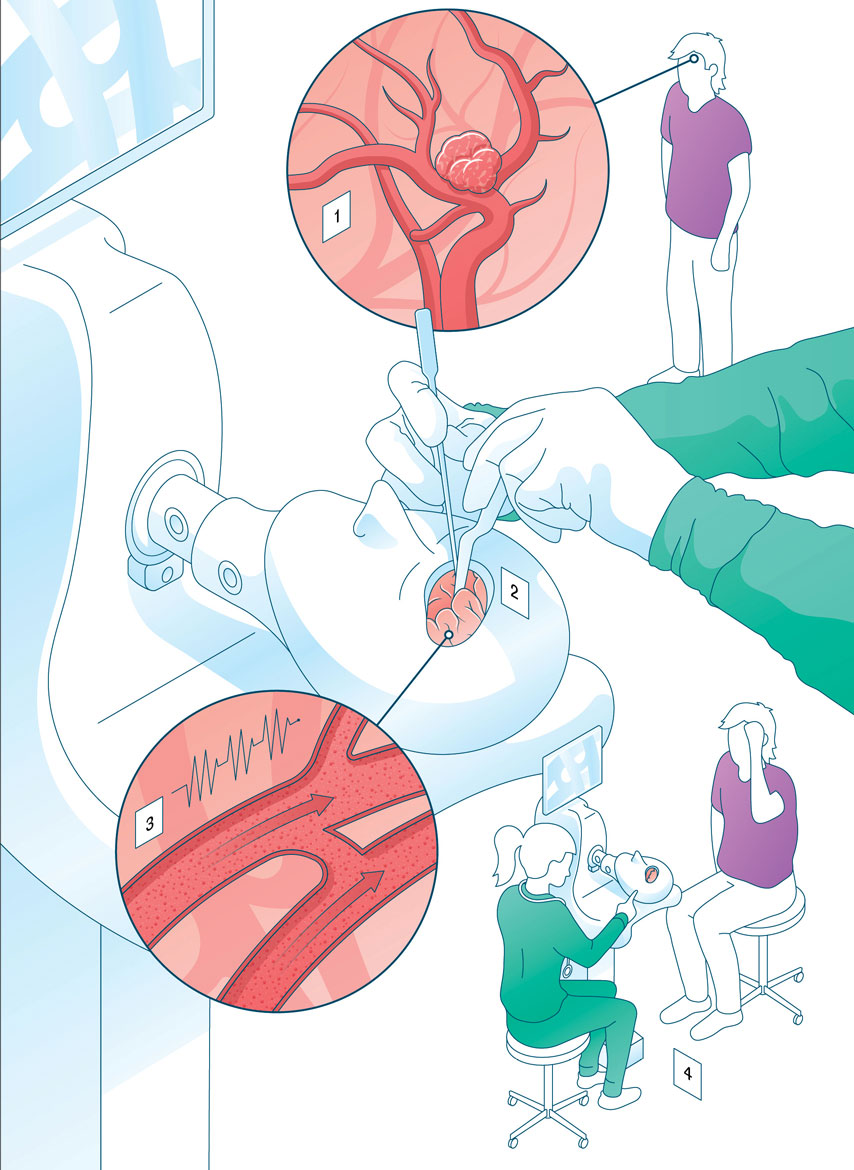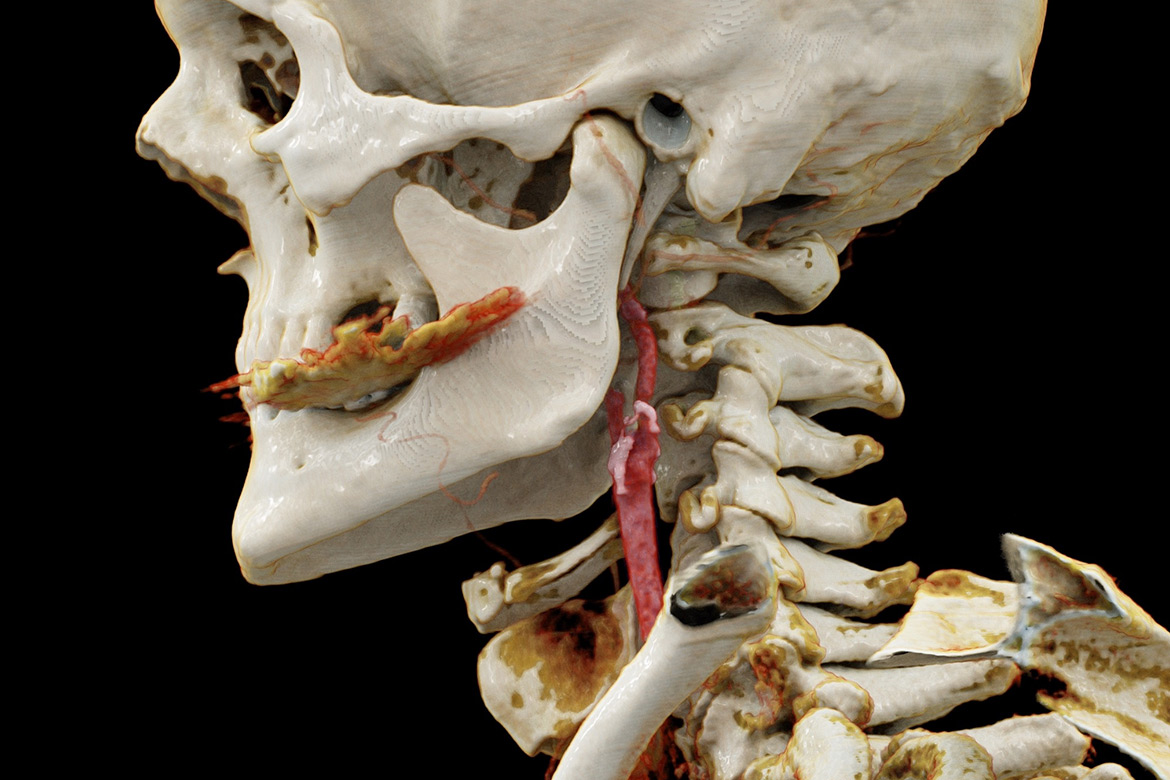How it works
First the simulation, then the operation
When aspiring surgeons want to train their skills, they do it on live patients. But this is risky. A spin-off company from the University of Bern aims to offer a safer option: by using brain models created with a 3D printer, combined with virtual simulations of the brain’s microscopic structures.





